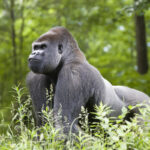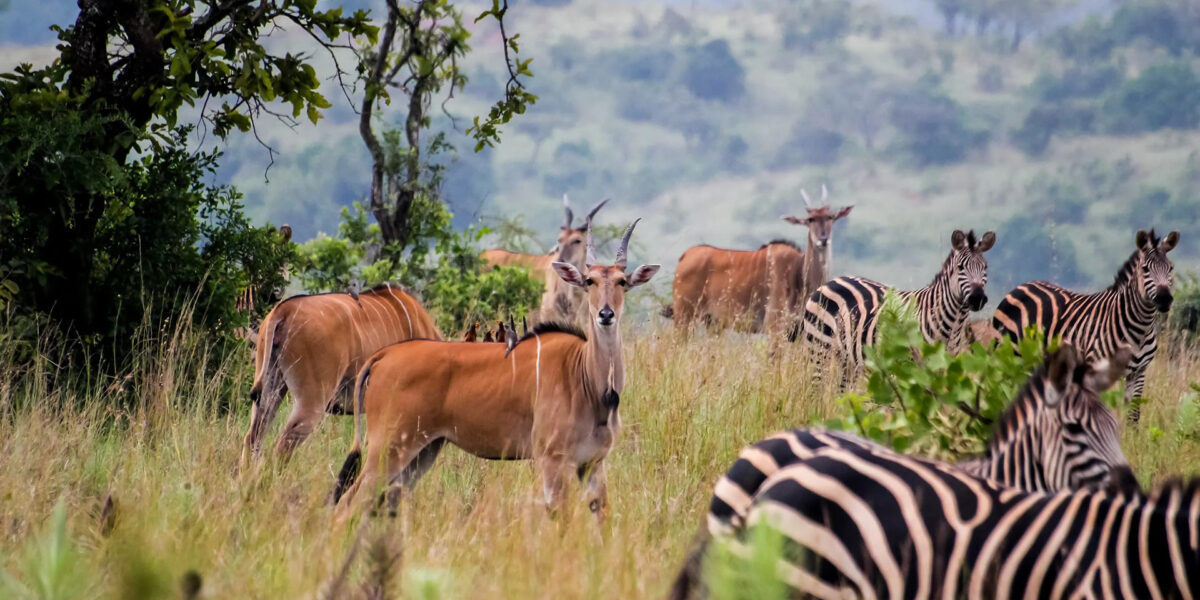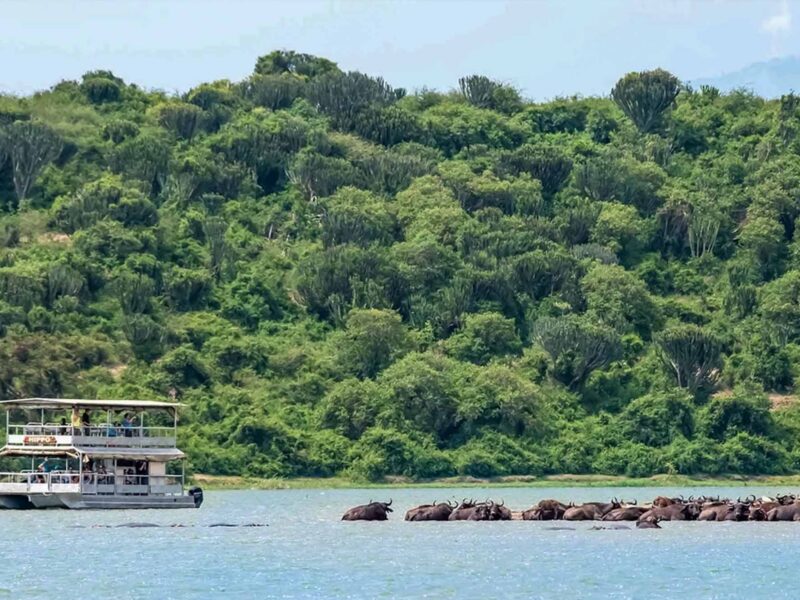
Cultural Tourism in Kenya: Beyond the Safari
September 25, 2025
Silverback Gorillas in Volcanoes National Park: A Crown Jewel of East African Tourism
September 29, 2025Akagera National Park: A Jewel of Rwanda and East Africa’s Tourism Landscape
Introduction
Situated in the eastern region of Rwanda, along the border with Tanzania, Akagera National Park stands out as one of East Africa’s most extraordinary natural gems. Spanning more than 1,120 square kilometers, it is not only the largest protected area in Rwanda but also an emerging leader in African safari tourism. With its diverse landscape ranging from open savannahs and dense woodlands to scenic lakes and wetlands Akagera plays a crucial role both ecologically and economically in the region.
In recent years, the park has undergone a remarkable revival. Once facing near collapse, Akagera has been transformed into a world-class destination for conservation and tourism. Today, it draws thousands of international visitors annually, significantly boosting Rwanda’s tourism sector and strengthening East Africa’s reputation as a premier destination for nature enthusiasts and adventure travelers.
Historical Background
Established in 1934, Akagera National Park was once home to vast populations of wildlife, including large predators and herbivores. However, the aftermath of the 1994 Genocide against the Tutsi saw significant human settlement within the park boundaries, leading to environmental degradation and loss of biodiversity.
In 2010, a groundbreaking partnership between the Rwanda Development Board (RDB) and African Parks, a non-profit conservation organization, marked a new beginning. Through dedicated conservation efforts, anti-poaching initiatives, and wildlife reintroductions, Akagera was revitalized, reintroducing iconic species like lions in 2015 and black rhinos in 2017. Today, it is Rwanda’s only “Big Five” park, making it a must-visit destination.
Biodiversity and Natural Beauty
Akagera is uniquely diverse, combining the classic African savannah experience with wetlands and rolling hills. It is home to:
* The Big Five: Lion, leopard, elephant, rhinoceros, and buffalo.
* Over 500 species of birds, including the rare shoebill stork, papyrus gonolek, and African fish eagle.
* Abundant antelope species such as impalas, waterbucks, topis, and roan antelopes.
* Aquatic life along Lake Ihema and several other lakes and rivers, supporting crocodiles, hippos, and a variety of fish species.
This rich biodiversity provides tourists with an immersive and varied safari experience, often described as a blend of East and Southern African landscapes.
Tourism Activities in Akagera
Akagera offers a range of tourism activities that cater to different interests and age groups:
1. Game Drives
Tourists can embark on guided or self-driven game drives to witness the park’s stunning wildlife and landscapes, especially during early mornings or late afternoons when animals are most active.
2. Boat Safaris
Lake Ihema provides an ideal setting for boat safaris, offering sightings of hippos, crocodiles, and waterbirds up close.
3. Birdwatching
With over 500 bird species, Akagera is a paradise for birdwatchers, attracting both amateurs and seasoned ornithologists.
4. Community Tours
Visitors can engage with surrounding communities through cultural experiences, gaining insight into Rwandan traditions and the importance of conservation.
5. Camping and Lodging
From luxury lodges like Magashi Camp to budget-friendly campsites, Akagera caters to all levels of travelers. The park encourages overnight stays, which enhance the safari experience and support local tourism.
Economic and Conservation Impact
Tourism in Akagera contributes significantly to Rwanda’s Vision 2050, which emphasizes sustainable development and environmental conservation. Revenues generated from tourism help fund park operations, anti-poaching patrols, and community outreach programs.
Importantly, local communities benefit through employment, revenue-sharing schemes, and education programs, reinforcing the park’s role as a model of conservation-driven tourism in East Africa.
Akagera in the East African Tourism Landscape
While countries like Kenya and Tanzania have long dominated safari tourism, Rwanda—through Akagera—is carving out a niche as a high-quality, low-impact safari destination. Its compact size, accessibility, safety, and political stability offer unique advantages for tourists seeking a more intimate and ethically driven wildlife experience.
Additionally, Akagera complements Rwanda’s other attractions, such as Volcanoes National Park (famous for gorilla trekking) and Nyungwe Forest National Park, offering a diverse itinerary for eco-tourists.
For regional tourists and international visitors exploring East Africa, Akagera provides a compelling stop on the circuit, particularly for those flying into Kigali and looking for a premium yet less-crowded safari option.
Conclusion
Akagera National Park is a powerful example of how conservation, tourism, and community development can work hand in hand. From near decimation to full restoration, its story reflects Rwanda’s resilience and innovative approach to sustainable tourism. As it continues to grow in popularity, Akagera is not just a crown jewel of Rwanda but a rising star in East African tourism—offering unforgettable encounters with nature while empowering people and protecting biodiversity.
Whether you’re an avid wildlife photographer, a nature enthusiast, or a traveler seeking unique adventures, Akagera National Park promises a safari experience that is both enriching and inspiring.




